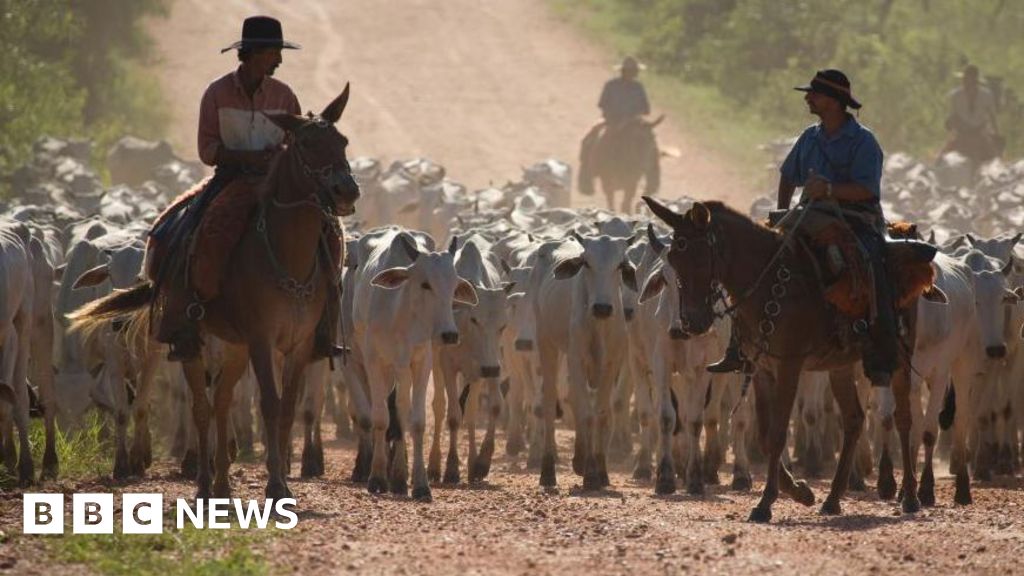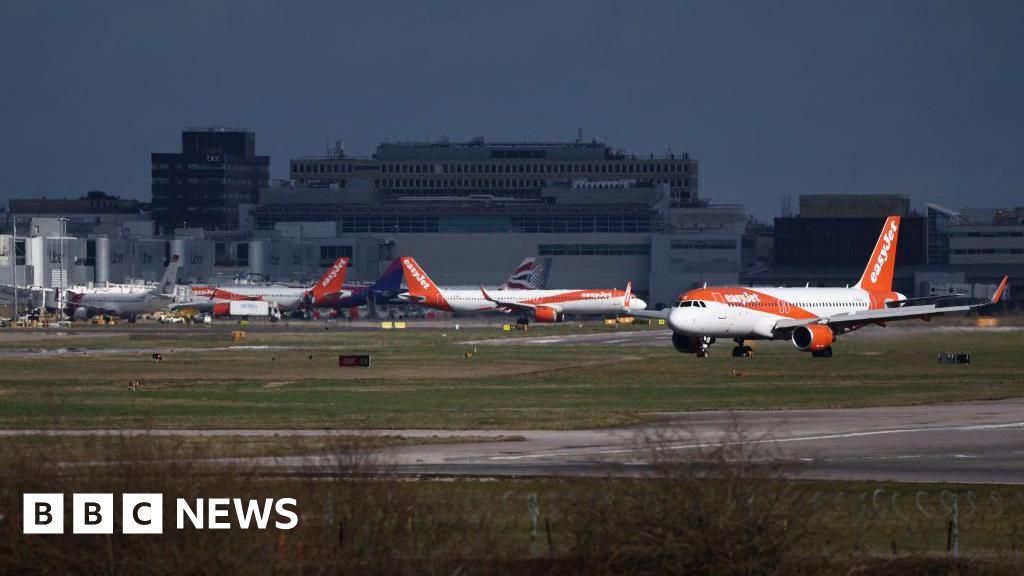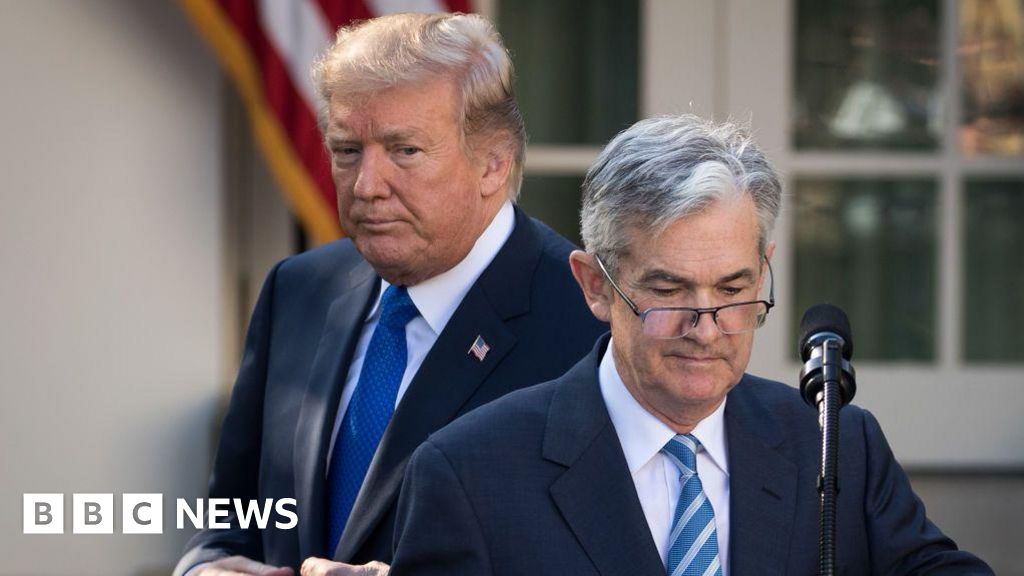ARTICLE AD BOX
Live Reporting
Edited by Johanna Chisholm
All times stated are UK
- Analysis
A turning point?

Faisal Islam
Economics editor
Today’s expected fall should principally be down to the sharp fall in the energy price cap in April, which pulled down domestic bills.
A fall close to the Bank of England’s target of 2% would mark a welcome return to normality, alongside the return to stronger than expected economic growth in the first three months of the year.
The Bank has already said, however, it will be looking at underlying measures of inflation, for example in the service sector, which has been impacted by volatility in hotels, cafes and restaurants.
April also saw some increases in mobile and broadband bills, as well as the introduction of a double digit rise in the national living wage.
All of this could lead to the risk of inflation remaining persistent, and encourage the Bank of England’s nine-member interest rate setting panel to keep interest rates on hold.
The government is also likely to point to a sharp fall as evidence of a turning point after three years of price shocks. The shadow chancellor this morning has said there was nothing to celebrate in “lines on a graph” and that prices in the shops were still sky high.
What happened last month?

Copyright: .
UK inflation dropped to 3.2% in the year to March, driven largely by slowing food price rises, making it the lowest rate since September 2021.
The cost of some items including meat, crumpets, chocolate biscuits, furniture and household items fell, but petrol and diesel prices rose.
The rate of inflation in March was slightly higher than economists expected, but experts have said that was unlikely to change expectations that the Bank of England will cut interest rates this year, potentially as early as June.
This month’s overall inflation figure looking back at April is expected to show a bigger drop as the lower energy price cap is taken into account, even as households' direct debits remain higher.
What is inflation?

Copyright: EPA-EFE/REX/Shutterstock
Inflation is the measure of how quickly prices for goods and services are rising (or in rare cases falling).
Let’s say a bottle of milk cost £1 a year ago, but is £1.05 today.
That would make the annual milk inflation rate 5%.The Bank of England says a series of economic shocks – including the Covid pandemic and war in Ukraine – have caused skyrocketing inflation in recent years.
It peaked at a 40-year high of 11.1% in October 2022.
One thing to keep in mind: things will continue to cost more than they did before, even if the inflation rate falls. A lower rate just means prices are rising more slowly.
- Read more here
Inflation expected to fall ahead of latest figures
Johanna Chisholm
Live reporter
Hello and welcome to our live coverage ahead of the UK’s latest inflation figures being released.
Economists are expecting another drop after inflation fell to 3.2% in the year to March, down from 3.4% the month before.
Today’s April figure is expected to fall to around 2.1% - another step closer to the Bank of England’s 2% inflation target.
We’ll bring you the all-important headline rate as soon as it’s released at 07:00 BST – plus reaction and analysis in its wake.

 11 months ago
61
11 months ago
61










 English (US) ·
English (US) ·